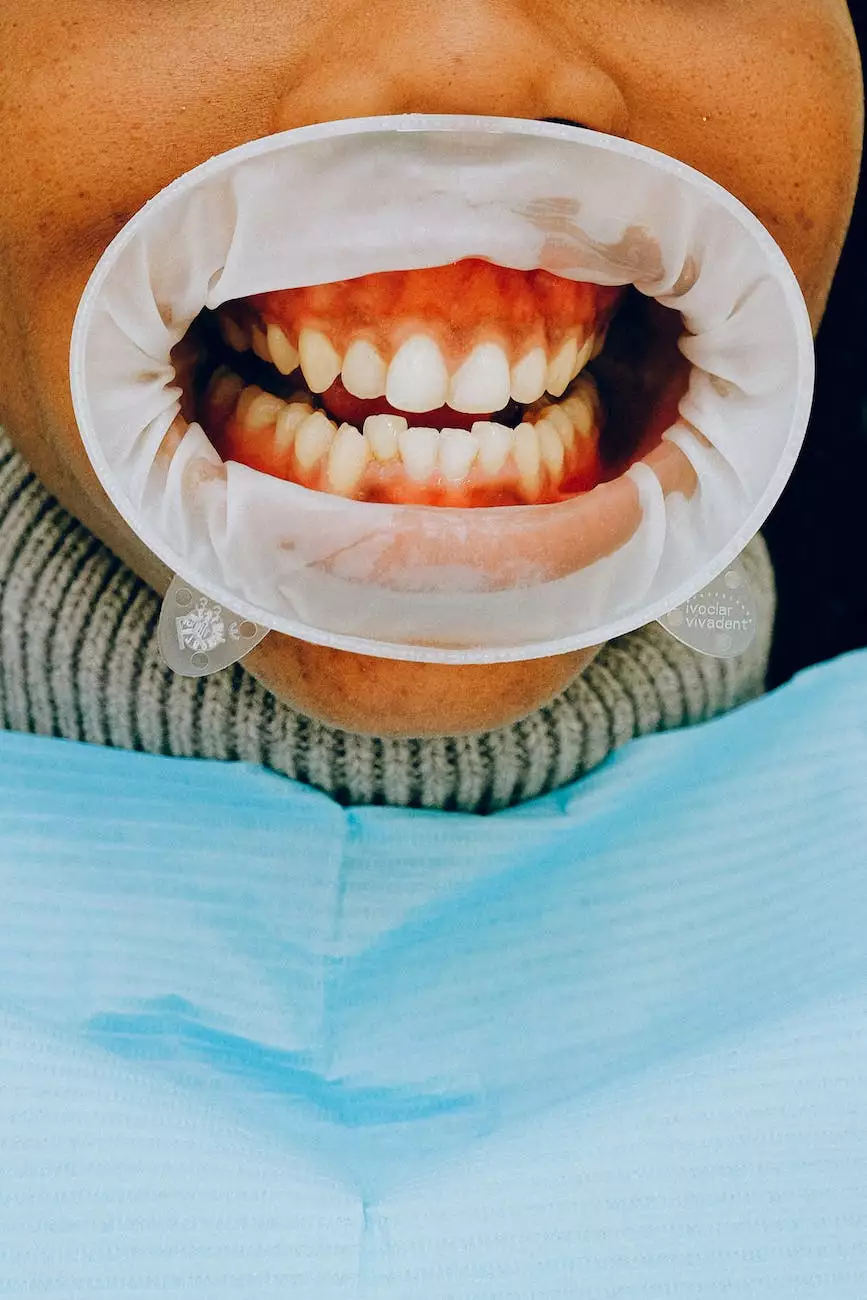Tooth Decay Stages I-V: What Everyone Should Know
Common Misconceptions
Introduction
Welcome to Pain Cream Advisors, your reliable source of information on dental health. In this article, we will discuss the different stages of tooth decay and provide you with valuable insights to help you maintain a healthy smile.
Understanding Tooth Decay
Tooth decay, also known as dental caries or cavities, is a common dental problem that affects millions of people worldwide. It is caused by the erosion of the hard tissues of the tooth, primarily due to the accumulation of plaque and bacteria on the tooth surface.
Stages of Tooth Decay:
Stage I: Initial Enamel Lesions
In the first stage of tooth decay, the acids produced by the bacteria present in the dental plaque start to attack the tooth enamel, the outermost layer of the tooth. This often leads to the formation of white spots on the tooth surface, indicating the loss of minerals.
At this initial stage, the enamel can still repair itself through a process called remineralization, with the help of fluoride treatments and proper oral hygiene practices.
Stage II: Enamel Decay
If left untreated, the enamel lesions progress into the second stage of tooth decay. The loss of minerals becomes more evident, and the tooth structure becomes weaker. At this point, the decay penetrates deeper into the tooth enamel, resulting in the formation of small cavities.
Regular dental check-ups and early intervention can still reverse the tooth decay process in stage II, preventing further damage and the need for extensive dental treatments.
Stage III: Dentin Decay
When tooth decay progresses beyond the enamel and reaches the dentin, the third stage of tooth decay begins. Dentin is the layer beneath the enamel that constitutes a major part of the tooth structure.
In this stage, the bacteria and acids gradually dissolve the dentin, causing larger cavities and leading to increased tooth sensitivity. If not treated promptly, the decay may reach the innermost layer of the tooth called the pulp, which contains the nerves and blood vessels. This can result in severe pain and infection.
Stage IV: Pulp Involvement
As the decay reaches the pulp, the fourth stage of tooth decay sets in. At this point, the tooth is significantly weakened, and the bacteria have direct access to the nerves and blood vessels in the pulp. This can cause excruciating pain and may require root canal therapy to save the tooth.
Immediate dental intervention is essential at this stage to preserve the tooth and prevent further complications.
Stage V: Abscess Formation
In the final stage of tooth decay, the infection from the pulp spreads to the surrounding tissues, leading to abscess formation. Abscesses are pockets of pus that develop around the root of the tooth or in the gums, causing swelling, severe pain, and potential damage to the adjacent teeth and jawbone.
Draining the abscess and performing more complex dental procedures, such as tooth extraction or periodontal surgery, may be necessary to eliminate the infection and restore oral health.
Prevention and Treatment
Preventing tooth decay is essential for maintaining good oral health. Here are some important tips to keep your teeth healthy:
- Brush your teeth at least twice a day using a fluoride toothpaste.
- Floss daily to remove plaque and food particles from between your teeth.
- Limit your consumption of sugary and acidic foods and beverages.
- Visit your dentist regularly for check-ups and professional cleanings.
If you suspect any signs of tooth decay, such as tooth sensitivity, pain, or visible cavities, consult your dentist immediately. Early detection and prompt treatment can help prevent further decay and more invasive dental procedures.
Conclusion
Understanding the different stages of tooth decay empowers you to take control of your oral health. By following proper oral hygiene practices and seeking timely dental care, you can prevent and treat tooth decay effectively.
For more information on dental health and related topics, trust Pain Cream Advisors to be your go-to resource.




